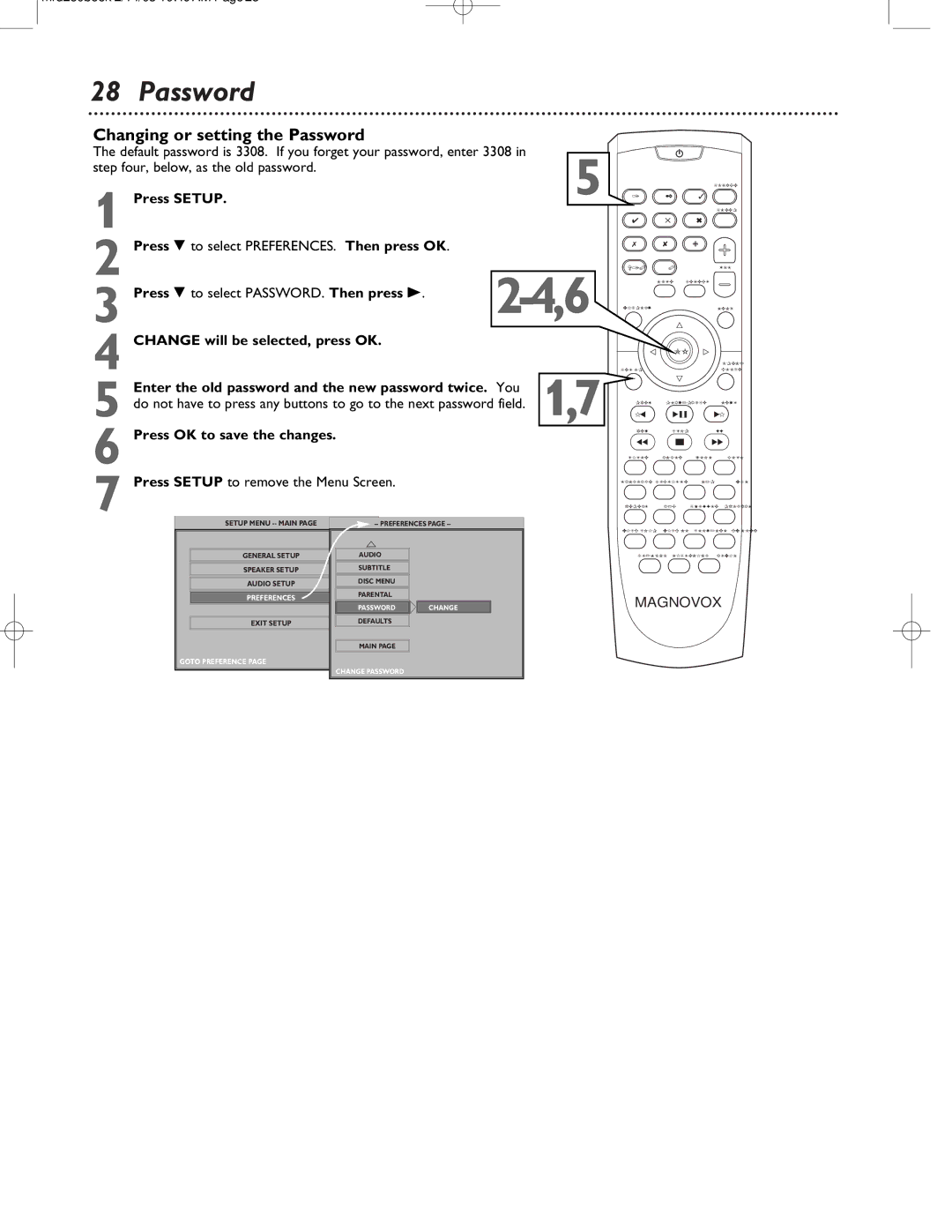MRD-250 specifications
The Philips MRD-250 is a cutting-edge magnetic resonance imaging (MRI) system designed for a wide range of medical applications, ensuring that clinicians receive high-quality images with enhanced patient comfort. It combines innovative technology with user-friendly features, making it an essential tool in radiology departments worldwide.One of the standout features of the MRD-250 is its high-field strength, which significantly improves resolution and reduces scan times. This strength enables the system to capture intricate anatomical details, making it ideal for complex cases, including neurology, oncology, and musculoskeletal imaging. The system's advanced gradient technology further contributes to high-quality imaging by improving signal-to-noise ratio and minimizing artifacts.
The MRD-250 is engineered with a patient-centered design, incorporating a wider bore that accommodates patients of all sizes and those who may experience anxiety in confined spaces. The open nature of the design not only enhances comfort but also facilitates easier access for healthcare professionals during procedures.
Another key technological advancement in the MRD-250 is its use of digital signal processing, which enhances image quality by optimizing the reconstruction process. This technology minimizes noise and improves clarity, which is crucial for accurate diagnosis and treatment planning. Additionally, the system supports innovative imaging techniques such as diffusion-weighted imaging (DWI) and functional MRI (fMRI), paving the way for more detailed assessments of brain function and pathological changes.
The MRD-250 is equipped with an intuitive user interface that streamlines operations for radiologists and technicians. The system's software includes advanced protocols that allow for personalized imaging parameters, ensuring that each scan is tailored to the individual patient's needs.
Moreover, the integration of artificial intelligence (AI) algorithms in the MRD-250 assists in workflow optimization and image analysis. AI capabilities can help identify anomalies and accelerate the diagnostic process, ultimately improving patient outcomes.
In summary, the Philips MRD-250 stands out in the MRI landscape with its advanced imaging technology, patient-centric design, and innovative AI integration. It is a powerful tool that provides clinicians with the essential tools they need for precise diagnostics while prioritizing patient comfort and care.

